How Aliens Changed Video Games Forever
Aliens isn't just arguably the best sci-fi action movie ever made; it's the film that changed gaming for the better.
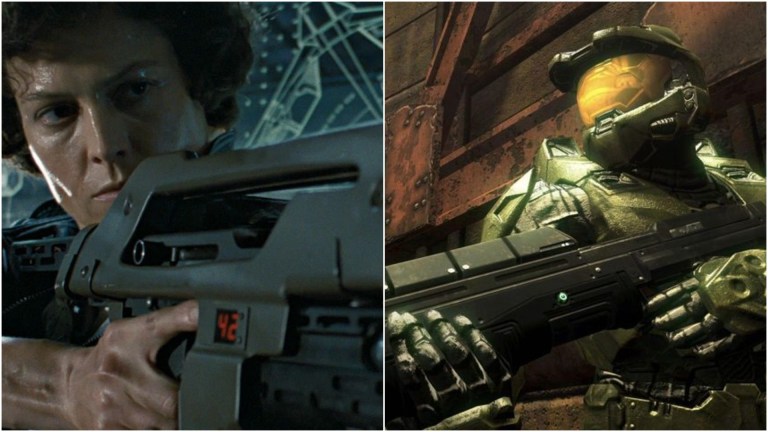
The upcoming release of Aliens: Fireteam Elite is not only a reminder of the surprisingly interesting history of Alien video game adaptations but an excuse to celebrate 1986’s Aliens sometimes overlooked status as arguably the most influential movie in video game history.
In fact, Aliens changed gaming so much that it’s almost tempting to retroactively “honor it” as the greatest video game movie ever made. After all, there are countless games that directly reference Aliens and acknowledge its status as the most important (and perhaps greatest) sci-fi action movie ever made. In terms of Easter eggs, Aliens may just be the most referenced movie in video game history.
While we’re certainly going to take a look at some of those references, Aliens‘ influence on the video game industry is so much deeper than a few winks and nods. These are only a few of the ways that Aliens fundamentally changed how games are made, viewed, and most certainly played.
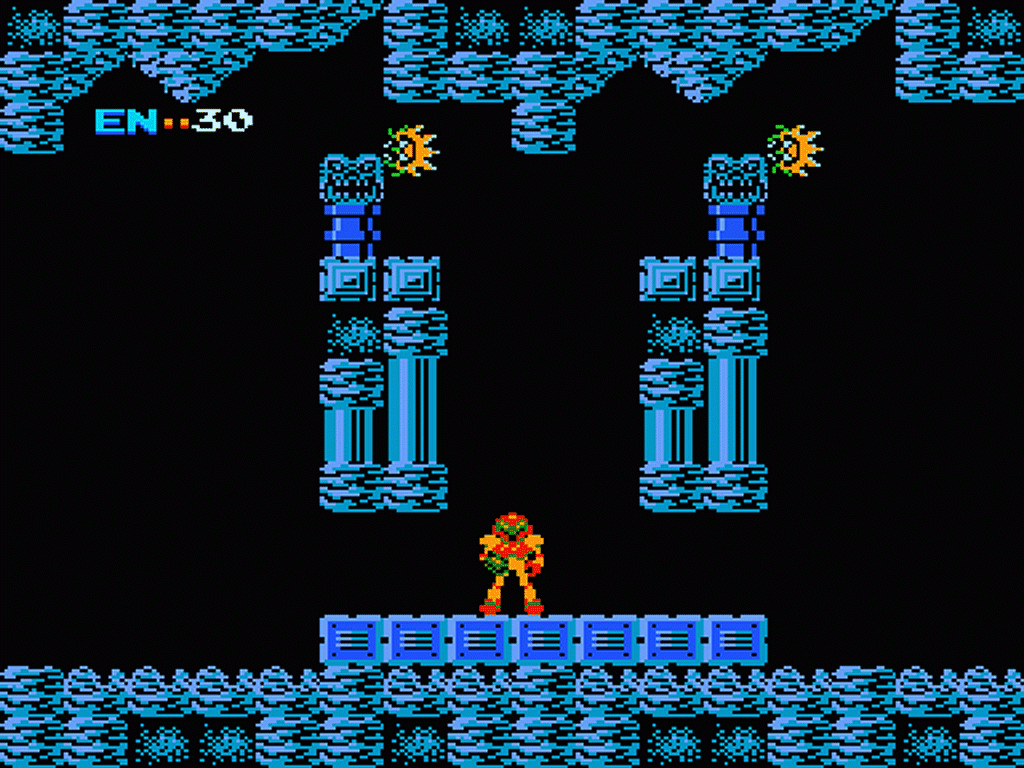
Aliens Advanced the Idea of Atmosphere in Video Games
Yes, we did previously talk about how Metroid helped revolutionize the idea of “atmosphere” in games, and that NES classic absolutely deserves all of the credit it can get in that department. Having said that, it’s impossible to talk about Metroid without talking about Alien/Aliens since the former is, in many ways, an elaborate homage to the latter.
Without diving into too many of the little ways Metroid references Aliens, let’s focus on how Metroid‘s designers rightfully recognized that the thing that really made Aliens special was its atmosphere and how the film used that atmosphere as fuel for the movie’s story, sense of horror, and our emotional investment in the scenario. Metroid was one of the earliest games to showcase how the right combination of visuals, audio, and environmental flow could tell a compelling sci-fi/horror/action story in the absence of more traditional cinematic elements, and games like Half-Life and System Shock obviously followed in those footsteps.
Aliens‘ most lasting contribution to gaming in terms of atmospheric storytelling, though, has to be the ways that the film used isolation and claustrophobia. While Alien obviously emphasized similar elements, Aliens brilliantly established a blueprint for how to use cramp, hostile, and often strangely “wet” locations to constantly inform the viewer that there is no corner of its world that is pedestrian enough to be safe. Aliens didn’t need elaborate sci-fi structures and settings to successfully sell its hostile playground, which was almost certainly a big inspiration for early game designers who also couldn’t rely on elaborate visuals but still wanted to sell the idea of existing in engrossing 2D and early 3D environments. The trick was to not try to disguise the lack of freedom but often embrace it in a way that makes the player feel appropriately trapped and desperate to escape.
Perhaps more importantly, Aliens showed how the right atmosphere, the right set-up, and the right enemies can make even a group of action heroes feel helpless and alone. That template was obviously invaluable at a time when games were primarily built around action and were still trying to effectively tell simple stories along the way, but even slightly more modern action games like Left 4 Dead and Doom (2016) use elements of Aliens‘ structure and design to effectively tell a story and sell a world without having to slow the action down too much.
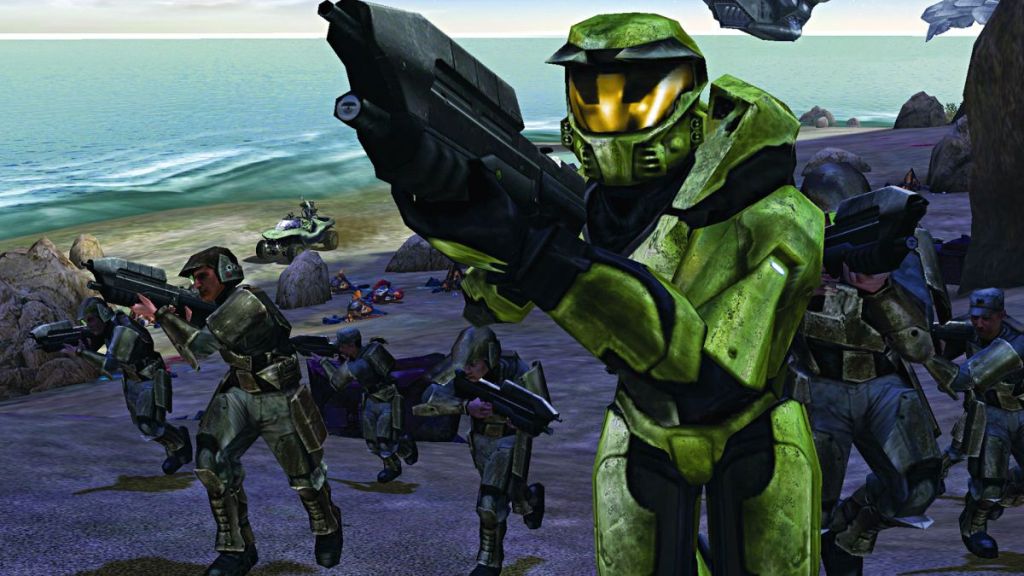
Aliens Gave Game Developers the Space Marines They Love So Much
If you’re wondering whether Aliens invented the idea of space marines, the answer would have to be a hard “no.” That basic concept can be found in various works dating back to the 1930s, and the 1959 novel Starship Troopers revolutionized that concept to such a degree that the actors who played space marines in Aliens were reportedly required to read it.
However, you’re not alone if your mind drifts to Aliens when you think of space marines. The film may have not invented the concept, but it did popularize the visual we typically conjure whenever we hear that phrase.
A big part of the reason why James Camerons’ space marines were so innovative and memorable is that they were more “marines” than “space.” While those marines used advanced equipment (more on that in a bit), they felt like the kind of roughneck, blue-collar, hardened, slightly immature soldiers that you might find among our own armed forces rather than this group of elite warriors forged and molded by a new age of combat and society.
Aliens’ take on space marines can be found in games like Gears of War, Halo, Doom, Mass Effect, and, honestly, most militaristic sci-fi video games released since Aliens. It’s just such an effective way to convey the humanity of sci-fi/action without having to sacrifice the more bombastic elements of those genres. In terms of the pure quantity of “imitators,” Aliens’ portrayal of space marines may be its most lasting and important influence on video games.
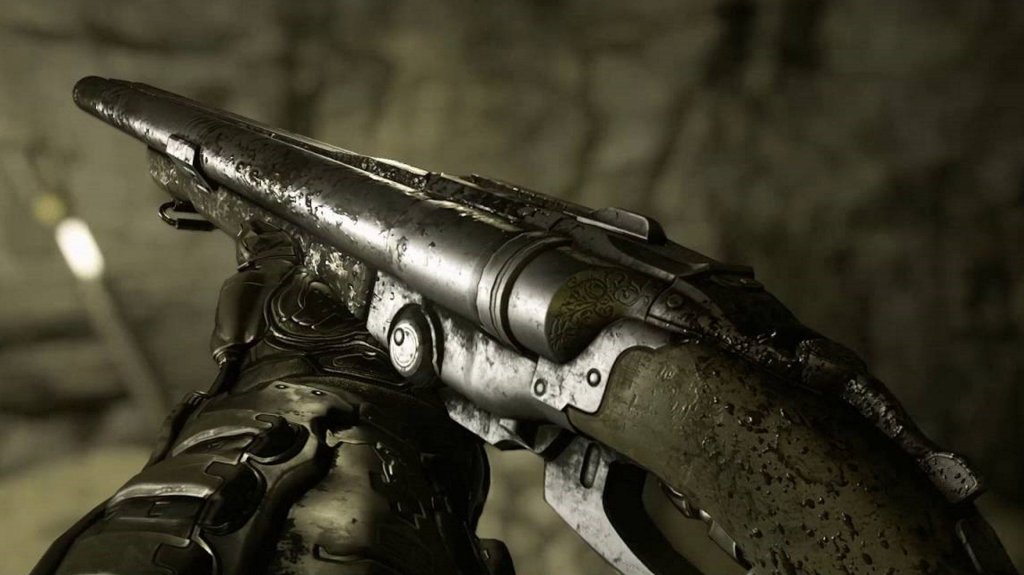
Aliens Set the Standard For Weapons in Sci-Fi Video Games
Much like how Aliens’ space marines benefited from a more “grounded” style that could have worked just as easily on Earth as it did in space, many of Aliens’ weapons are surprisingly…normal. Assault rifles, shotguns, pistols, flamethrowers…with few exceptions (the pulse gun, for instance), most of the guns in Aliens feel like slightly more advanced forms of weapons you would have found on Earth in 1986.
It’s kind of remarkable, then, that so many sci-fi video games released since Aliens have borrowed from the film’s arsenal. From Doom to Half-Life and Halo, there was a time when sci-fi action games often featured that same “pistol, shotgun, assault rifle, flamethrower/rocket launcher” weapon progression strategy that Aliens employed. Many of the guns in those games were even obviously designed to resemble the weapons in Aliens (with Halo being one of the biggest “offenders” so far as that goes). It’s true that those games also featured much more fantastical sci-fi guns meant to complement those more “humble” weapons of war, but somehow, the more standard guns usually ended up being the stars of the show.
So why did so many game developers eventually use Aliens’ weapons as the basis for their own arsenals? Well, one of the big reasons why the guns in Aliens are as memorable as they are is that James Cameron and his team traded in the opportunity to come up with more elaborate designs for the chance to emphasize the “bluntness” of modern weaponry through both sound design and the splatter effect you get with less precise tools of destruction. They complimented the “blue-collar” nature of the soldiers using them as well as the idea that humanity hasn’t created a weapon as dangerous as the most gifted hunters in the universe.
There’s a degree to which that brutality was inherently a draw for games like Doom, but even as we moved into the Halo and Gears of War era, a lot of developers seemed to realize that there’s a familiarity and simple functionality to these guns that elevates them over more advanced alternatives. You know what a shotgun is, and getting to use a particularly powerful one against advanced alien forces is satisfying in a way that laser guns and portable nukes can’t always replicate.
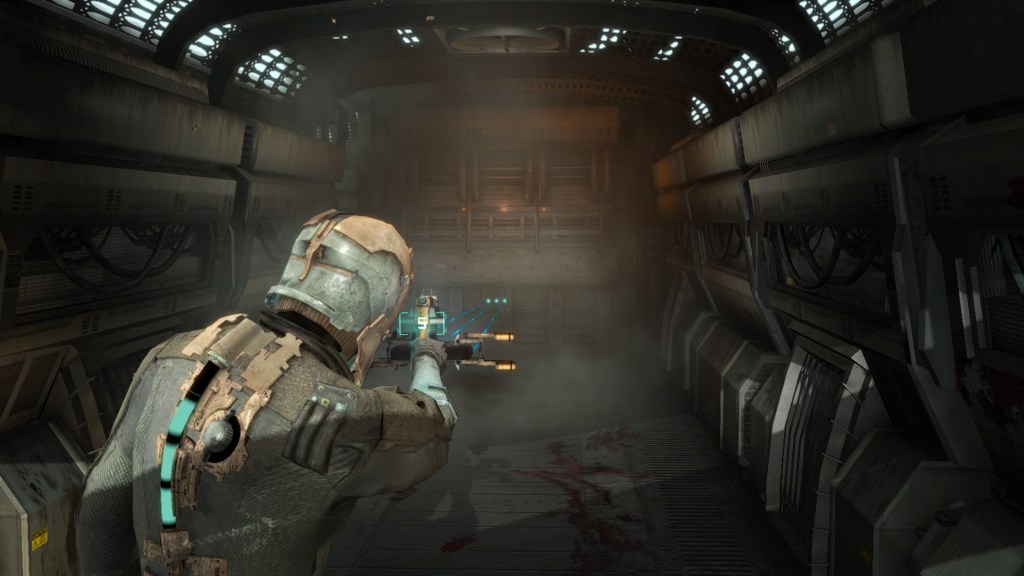
Aliens Use of Motion Trackers/Ammo Counters Helped Revolutionize Video Game UI
It was tempting to lump this point in with the discussion about Aliens’ guns and how they influenced video games, but these two points certainly deserve their own space.
Aliens didn’t invent the idea of a motion tracker (the technology was obviously featured in Alien), but the way that the movie uses that technology to inform the viewer that there is danger somewhere nearby without showing the source right away is a wonderful bit of Hitchcock drama that manages to inform the viewer and characters of what is at stake while keeping everyone on their toes.
Many video games have since used motion trackers for similar purposes, though developers have also used them as a way to allow gamers to more easily understand the current combat zone without being able to see everything around them at all times. Essentially, developers ended up using motion trackers for the same reasons that the marines in Aliens used them for as well as the more meta, narrative purposes that James Cameron and his team used them for.
Equally interesting is Aliens’ use of “on-gun” ammo counters. While the movie doesn’t use those for much more than instantly informing you that a character is out of ammo, many video games released since have used similar technology to organically display necessary information. Halo is, again, one of the most notable examples of this approach, but that concept was even used in (and evolved by) the Dead Space series.
It’s pretty amazing how some of Aliens most seemingly simple design choices ended up positively impacting video game storytelling, gameplay, and UI in such meaningful and lasting ways.

Video Games Love to Use the “Aliens Scenario”
Aliens isn’t necessarily the first story of its kind, but it’s the details and specifics of its premise that eventually influenced the next 30+ years of gaming.
The idea of a group of heavily armed and well-trained soldiers (or anyone, really) getting in over their head when faced with an enemy they are not properly prepared for is the basis for too many video games to possibly list in full here. What’s particularly interesting, though, is that some of those games cast you as more of a Ripley (such as Half-Life) whereas others (Doom) put you into the shoes of one of the space marines. It’s a fascinating way to both empower and overwhelm the player by letting them know that they’re capable but also in very deep shit.
Other games (most notably Metroid) successfully use the Aliens trope of adding a “ticking clock” to the story’s ending which requires the player to race against time in order to escape some kind of instant death scenario. This particular trope isn’t as popular in gaming as it once was, but many old-school developers certainly lifted it from how it was used in both Alien and Aliens.
It’s hardly a surprise that Aliens‘ basic story structure has proven to be influential given how simple (yet flexible) it is, but it’s fascinating to see how quickly game developers realized that it offered the perfect foundation for so many essential gaming experiences.

Xenomorphs Showed Game Developers a Better Class of Alien Enemy
Again, the Xenomorphs from Alien and Aliens were clearly used as the basis for several notable video game creature designs (looking at you, Contra), but their more lasting impact isn’t what they look like but rather what they are.
Xenomorphs are agile, hostile, dangerous individually or in swarms, and tend to attack from unexpected angles. Once gaming entered a 3D space, Xenomorphs became the clear inspiration for things like Halo’s Flood, some of Metroid‘s most memorable foes, or really any number of alien enemies that rely on everything but equal weaponry to sufficiently terrify and challenge the player.
We’ve seen older sci-fi films use monsters or aliens that relied on something other than advanced weaponry, but what separates Aliens from so much that came before is the fact that the Xenomorphs were sleek, intelligent, agile, and, in some cases, numerous. They were hunters whose greatest advantage was often the fact you didn’t know where they were until they were ready to attack. You could even argue that the video game idea of a “monster closet” was born from watching Xenomorphs pour out of air vents, corridors, and other unexpected places.
Xenomorphs really changed our expectations of what alien enemies in any medium could (and perhaps should) be, and video games were one of the first mediums to really embrace how their design fundamentally changed the genre.


